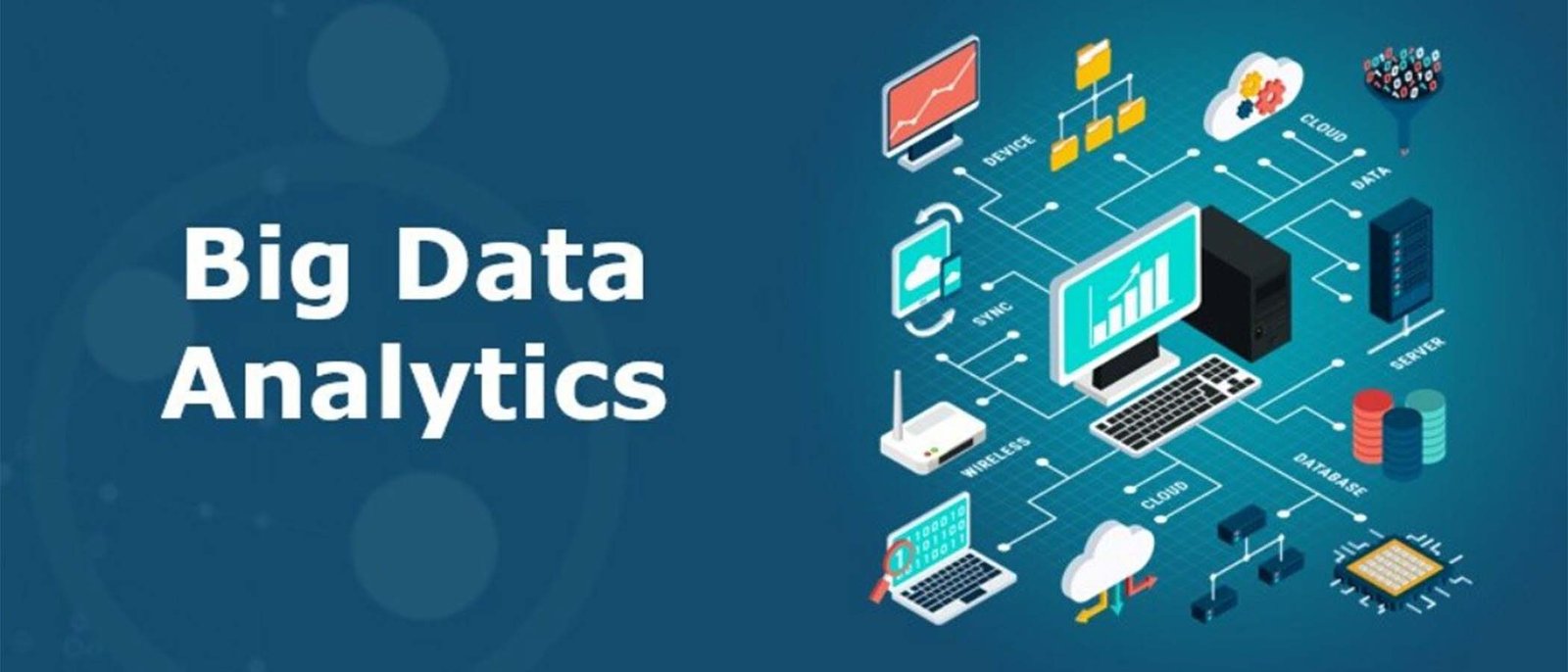Unveiling the Evolution and Future of Big Data Analytics in IT
Introduction: In the digital age, the proliferation of data has transformed into an invaluable asset, propelling organizations towards leveraging big data analytics to drive informed decision-making. This article explores the evolution of big data analytics in Information Technology (IT) and outlines its promising future prospects.
The Evolution of Big Data Analytics: Initially, big data analytics primarily focused on storing and processing massive volumes of data. However, as technologies advanced, analytics evolved to encompass more sophisticated techniques, including predictive analytics, machine learning, and artificial intelligence (AI). This evolution enabled organizations to extract actionable insights from data streams in real-time.
Key Tools and Technologies:
- Apache Hadoop: An open-source framework for distributed storage and processing of large datasets.
- Apache Spark: A fast and general-purpose cluster computing system for big data processing.
- TensorFlow: An open-source machine learning framework for building and deploying AI models.
- Tableau: A data visualization tool that enables interactive and intuitive exploration of data insights.
- Splunk: A platform for searching, monitoring, and analyzing machine-generated data in real-time.

Future Prospects in IT: The future of big data analytics in IT is promising, with several emerging trends poised to reshape the landscape. These include:
- Edge Computing Integration: Leveraging edge computing to process and analyze data closer to its source, enabling faster insights and reduced latency.
- Advanced Data Governance: Implementing robust data governance frameworks to ensure compliance, privacy, and security in the era of big data.
- Exponential Growth in Unstructured Data: With the proliferation of IoT devices and multimedia content, the volume of unstructured data will continue to soar, necessitating innovative analytics solutions to derive meaningful insights.
Conclusion: In conclusion, the evolution and future prospects of big data analytics in IT signify a paradigm shift in how organizations harness data to drive innovation, efficiency, and competitive advantage. By leveraging advanced tools and embracing emerging trends, businesses can unlock the full potential of big data analytics to navigate the complexities of the digital age effectively.











